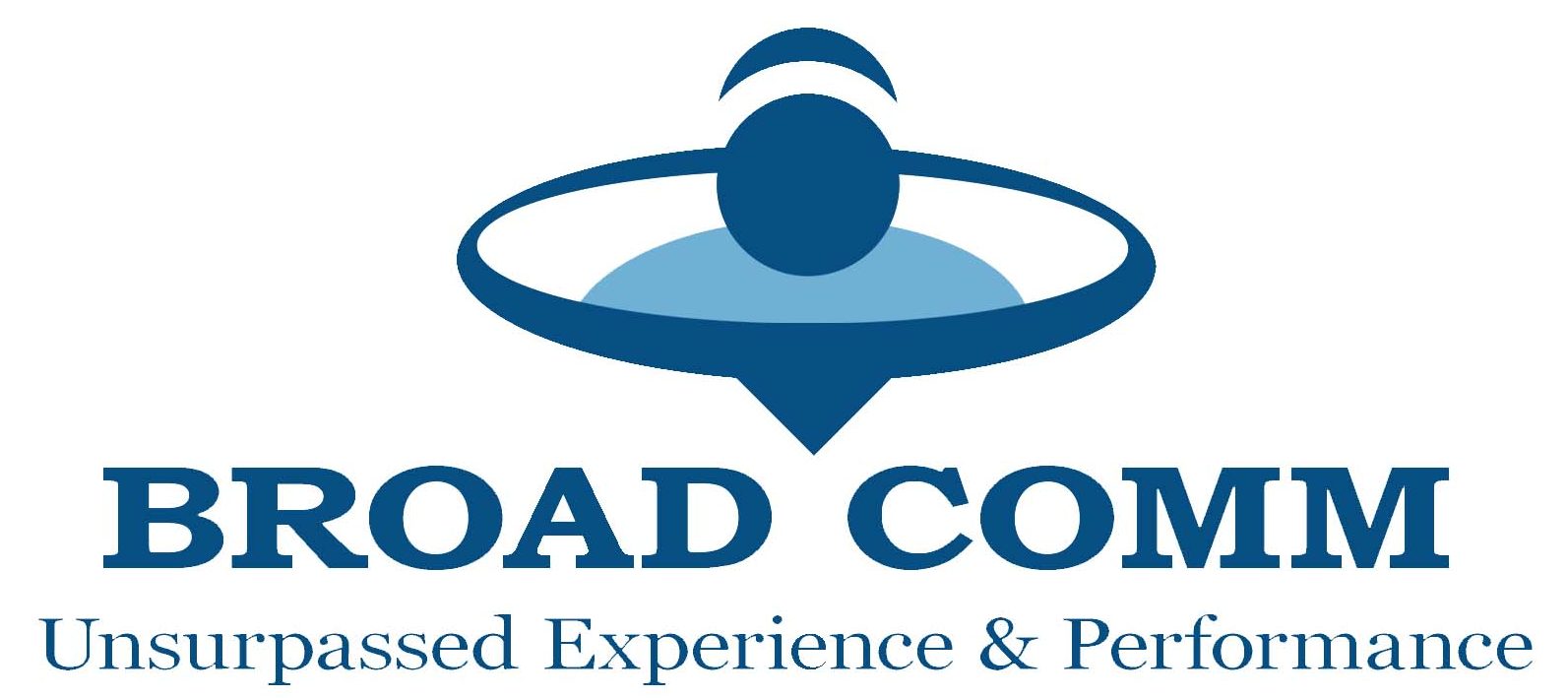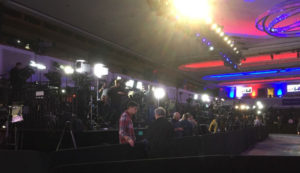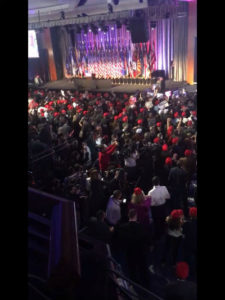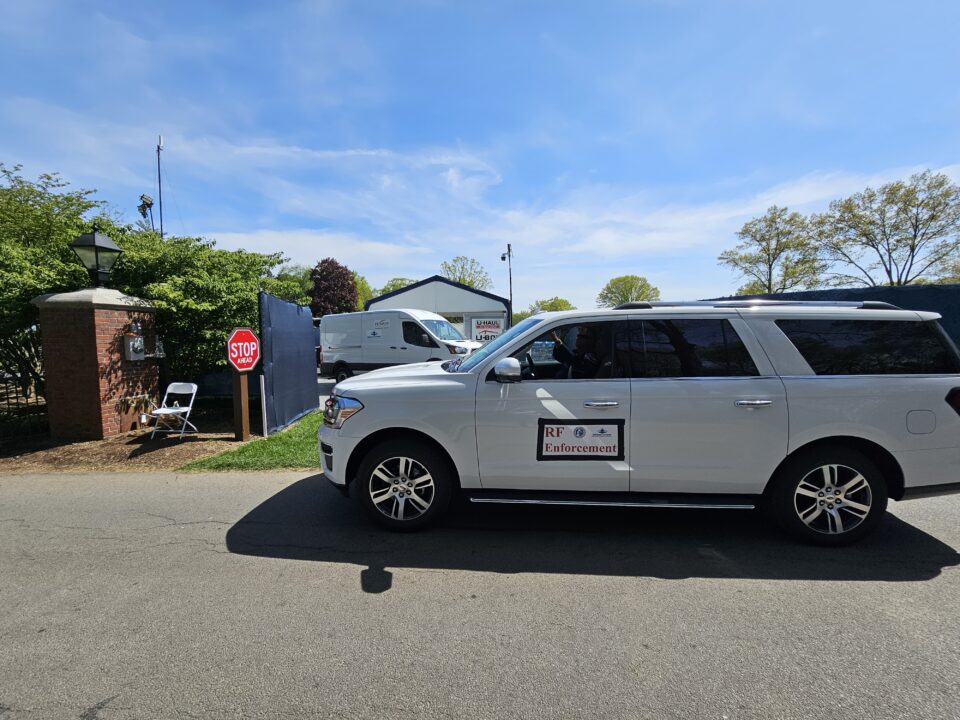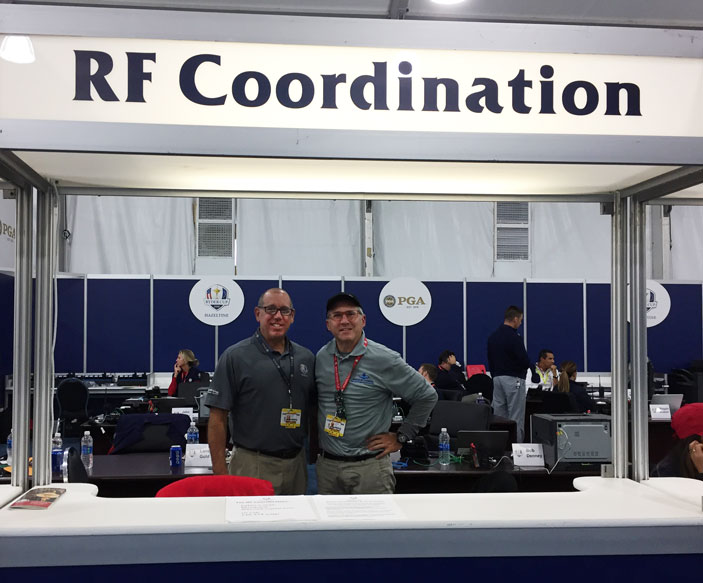
Broad Comm Works with Safari Telecom to Resolve Issues
October 7, 2016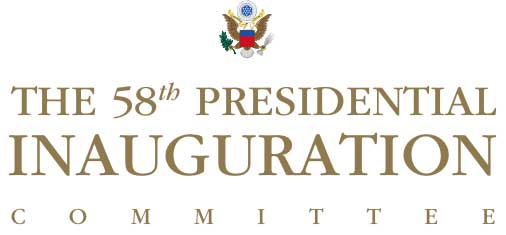
BroadComm to Manage 2017 US Inauguration RF
December 10, 2016Every four years our nation heads to the polls to choose our next president while media from all over the world camp out at the respective candidate’s Victory Party locations to report the results and capture the concession/acceptance speeches.
The tedious details and organization involved in coordinating RF for an event of this magnitude is intense. It usually entails the coordination of hundreds of wireless microphones, two-way radios, IFBs and various PL systems in separate locations for each candidate, usually states apart.
This year’s epic race came with a unique RF challenge. Not only were both candidates election night parties based in the same state, both were based in the same city, New York City, the most RF congested area in the world, only about a mile apart from one another.
As a result of this commonality, RF coordination for the 2016 presidential election presented its own special difficulties as news media from all over the world descended upon NYC to capture the contentious presidential race between Republican Nominee Donald Trump and Democratic Nominee Hillary Clinton.
“The glass walls of the Javits Center are an RF nightmare, especially when accompanied by the block party schedule outside the front doors on 11th Avenue,” according to Broad Comm CEO and President, Louis Libin. “Media stationed on the risers along the glass wall adjacent to 11th Avenue risk interference not only from any wireless users shooting the block party activities but also from the hundreds of wireless users in the city itself, including those at 30 Rock’s Election Plaza. And we can’t forget about all the wireless users just a few blocks away at Trump’s Victory Party location.”
As the FCC appointed frequency coordinator for NYC, Libin is no stranger to the difficulties and unique challenges involved in utilizing RF in NYC.
“Not only is New York City the center of most major broadcast network news stations, its proximity to the many radio stations located in and around NYC and New Jersey tends to utilize most of the available RF Spectrum,” Libin said. “Add an event like Fashion Week, the NYC Marathon, the U.S. Open, or a Presidential Election and concise RF coordination becomes critical. Fortunately, the vast number of Broadway Theaters, Lincoln Center and the Met voluntarily choose to go dark on election day, which freed up a great deal of spectrum space needed to accommodate the unprecedented number of media organizations that descended upon the great city of New York. Nevertheless, cooperation from all media affiliates is essential to making this event a success.”
Within 24 hours of election night, the Broad Comm RF Team, led by Libin, busily began the task of coordinating thousands of wireless frequencies for media and production inside the NY Hilton in mid-town Manhattan for Trump, in the all glass Crystal Palace room inside the Javits Center on Manhattan’s west side as well as the outside block party for Clinton.
Libin established separate RF enforcement teams based in each candidate’s press filing center and instructed each team to search for, wrangle, test, approve, list and tag any and all wireless devices prior to the commencement of election night coverage.
Libin managed the teams by commuting back and forth across town from site to site several times throughout election eve and election day to handle any RF issues and conduct periodic RF rehearsal tests in time for broadcasters to go live on election night.
While most of the larger news organizations smartly opted to hardwire their mics at each event location, many of the local news stations, foreign news media and production crews all requested wireless frequencies for use in and around each site.
All told, Libin and his teams, led by Robert Horton and Henry Cohen, successfully managed to coordinate the massive amounts RF required for election day coverage in NYC thanks to the cooperation of the fantastic folks from the Fox and NBC Election Pool Teams as well as all the media professionals in attendance.
